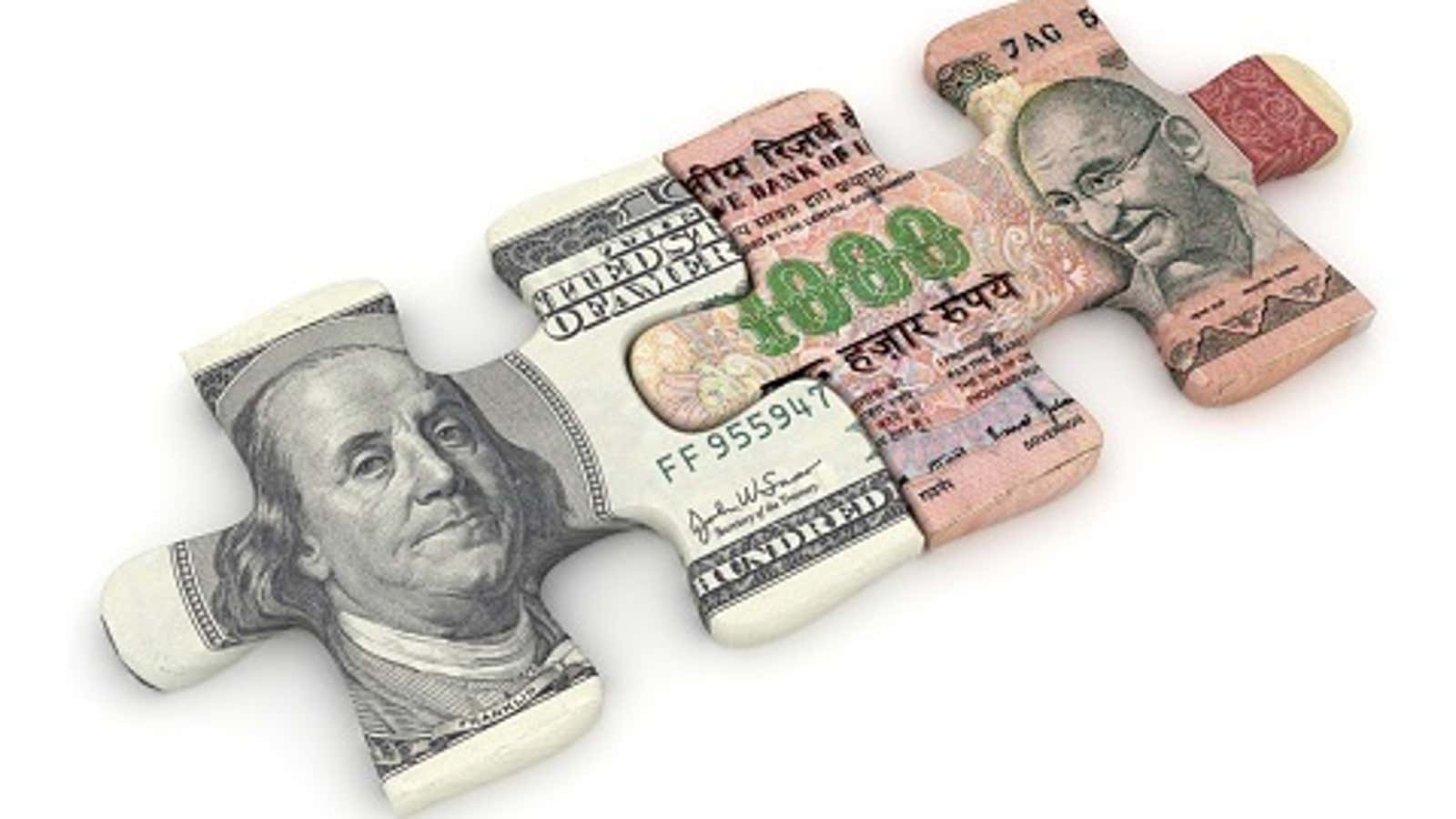India’s steep new tax on funds remitted out of the country may be aimed at rich tax avoiders—but it will also end up hurting less wealthy families with relatives overseas.
The tax on outward remittances, increased from the earlier 5% to 20%, was proposed during the government’s presentation of its annual budget on Feb. 1. If India’s parliament passes the budget, the tax will come into effect on July 1. Earlier, the 5% levy applied only if an individual remittance transaction exceeded around $8,500, but banks will now collect taxes on all amounts.
The increased tax rate will apply to money sent overseas to spend on vacations and tour packages, investments, and gifts. But it exempts educational and medical expenses.
How the new rate affects poorer Indians
Gopalakrishna Menon, who retired from the Indian Air Force and now lives in the southern Indian state of Kerala, is the primary sponsor of his daughter’s master’s degree at the UK’s Sheffield Hallam University. Menon is worried about how the proposed tax rate will affect the money he sends to his daughter.
“There are expenses other than tuition fees alone that one needs to take care of,” he said. “That chunk comes to around Rs 1 lakh (a little over $1,200) per month for my daughter, including rent, food, travel, and other things. If money for that is taxed, too, our plans will go awry.”
“I just can’t afford to pay so much. I have to now plan to make a lump sum transfer before July 1,” said Menon.
Any funds that banks collect as taxes on remittances can be adjusted against one’s overall tax liability. For instance: If a person sends $10,000 to a foreign account, the bank will charge her $2,000 as tax on the transaction. However, while filing taxes at the end of the financial year, if her total tax liability is $3,500, she can claim the remittance tax as a refund, so that her net liability is only $1,500.
But in the process, a sizeable sum of money has to be paid over first, only to be received as a tax adjustment or refund months later.
The Indian government wants to make its wealthy emigrants pay
Financial experts, however, believe the new tax is aimed at making high-net-worth individuals (HNIs) pay their dues before they exit the country for good.
A day before the government presented the budget, The Times of India reported that 30,000-35,000 HNIs had left India over the past five years, mostly emigrating to the US, UK, UAE, Canada, Australia, Singapore, and Europe. For 2022 alone, the figure was estimated at 8,000, the newspaper said.
“This is a natural churn, which happens everywhere due to...better opportunities, better education, better living conditions, lower taxes, etc.,” said Suresh Sadagopan, the managing director and principal officer of Ladder7 Wealth Planners, a Mumbai-based financial planning and wealth advisory firm.
Under the earlier law, an individual could sent up to $250,000 per annum overseas without attracting any taxes, as long as the money was sent in tranches of less than $8,500 each. (Any tranche exceeding that amount was charged 5%.) A family of four, including minors, could therefore send up to a million dollars abroad annually.
“One reason (for the tax hike) seems to be that the HNIs transfer large amounts abroad, but the income tax payments do not seem commensurate,” Sadagopan said.
